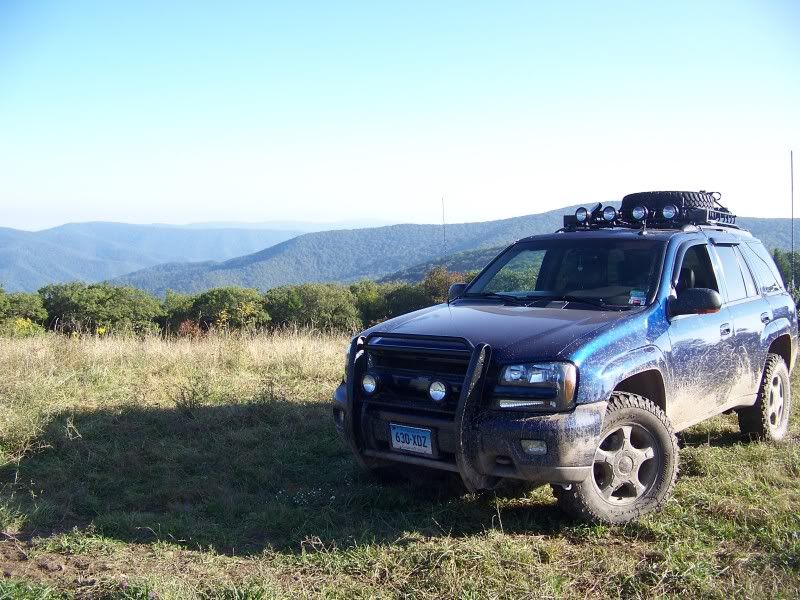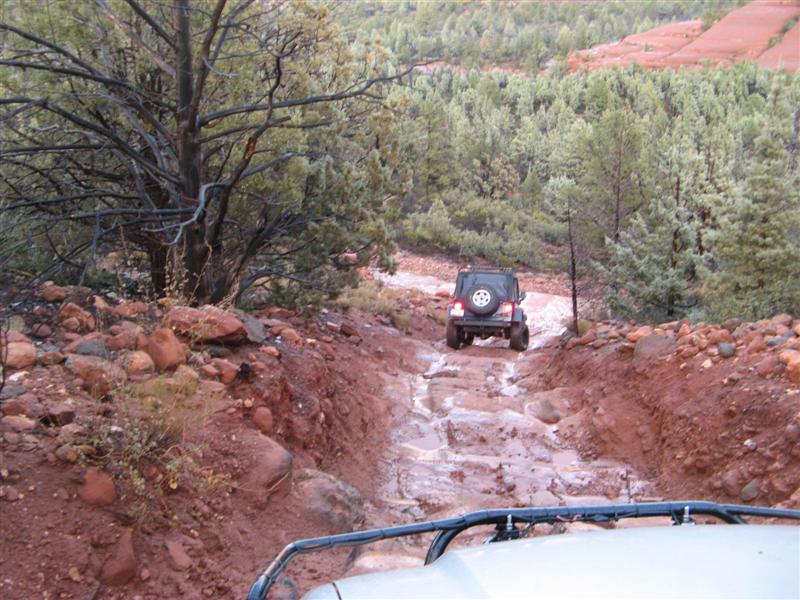PLEASE READ THE ENTIRE POST.
The table below works by looking up your stock front spring part number or tag color on the top line first. This can be found by looking at your stock spring tag, or by looking for the associated RPO code in the glove box (see below for RPO > Spring # conversion).
6## = Left front spring
7## = Right front spring
## = the letters below:
15125881 - FH, HM, HU, FZ, JC, CC
15125882 - HN, HW
15125883 - HP, HX, CB
15125884 - FL, HY, JL, HC
15125885 - FM, HD
15125886 - HT, JA, JR, JT, HF, JC
15125887 - RL, RX
15125888 - RM
15125889 - HK, HL
I think these particular springs were not used in all years. However, we do know that the I6 2wd received mainly lavendar and dark green springs. When you add in the 4x4, the SWB I6 trucks received mainly Grey and pink springs. The LWB 2WD vehicles also received Grey and Pink mainly. Finally, LWB 4x4s mainly received light blue and orange. Hopefully that lets you know approximately where your vehicle would fall (even if you don't have a spring in the provided part number range).
Once you know the spring on your current vehicle, look up or down the table to see which spring could give you the desired lift (listed on the left). KEEP IN MIND, THE NUMBER LISTED ON THE CHART IS SPRING LIFT, NOT WHEEL LIFT.
My lower control arm is 15.5" from the fulcrum to the ball joint centroid, and 10.5" from the fulcrum to the strut mount. So in theory, if you are supposed to get, say 20mm of lift based on the chart, divide that by 10.5, then multiply it by 15.5. You get 29.5mm of actual wheel lift. (Or to make it simple, just multiply the chart value by 1.47 to get estimated wheel lift.)
Going to spring # 15125889 will give the most lift possible. It is the stiffest possible spring for the TB. For someone with a stock Lavender spring, they can attain 1.39" of strut lift by going to the 89 spring. Using the conversion above, this gives 2.04" of wheel lift.

All the calculations were easier to do in metric, so I only converted the bottom row to inches for your reference. The conversion from mm to in is to divide by 25.4.
Hopefully that all makes sense. Feel free to ask if you have questions. I wanted to test this out myself by purchasing a new spring, but I don't forsee the funds for that immediately. So while this is mathematically sound, I have not yet confirmed this on my own vehicle.
Consider this your disclaimer. Use this information at your own risk. A higher spring number WILL produce a stiffer, rougher ride. If you lift your vehicle too far, you could break something. Don't blame me because you didn't do the math yourself to make sure you are within a safe CV angle range. This is based on information that has been handed down between a few sources and I did my best to put it all together and figure out the mystery.









 A different point of view.
A different point of view.